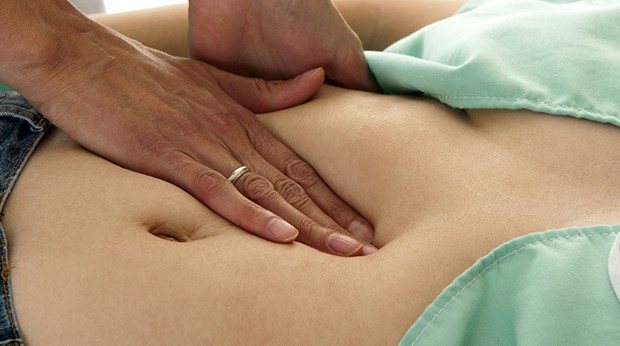Vaginal discharge can be a source of concern for many women, especially those who have undergone a hysterectomy. While vaginal discharge is a normal occurrence in women, its presence after a hysterectomy may raise questions about potential complications, such as vaginal prolapse. Understanding the relationship between vaginal discharge and the risk of vaginal prolapse post-hysterectomy is crucial for women’s health and well-being.
What Is Vaginal Prolapse?
Before delving into the connection between vaginal discharge and vaginal prolapse post-hysterectomy, it’s essential to grasp what vaginal prolapse entails. Vaginal prolapse is a condition in which the uterus, bladder, or rectum descend into the vaginal canal due to a weakness in the supporting muscles and tissues from which they originate. This descent can lead to various symptoms, including a sensation of pelvic pressure or fullness, urinary incontinence, and discomfort during sexual intercourse.




